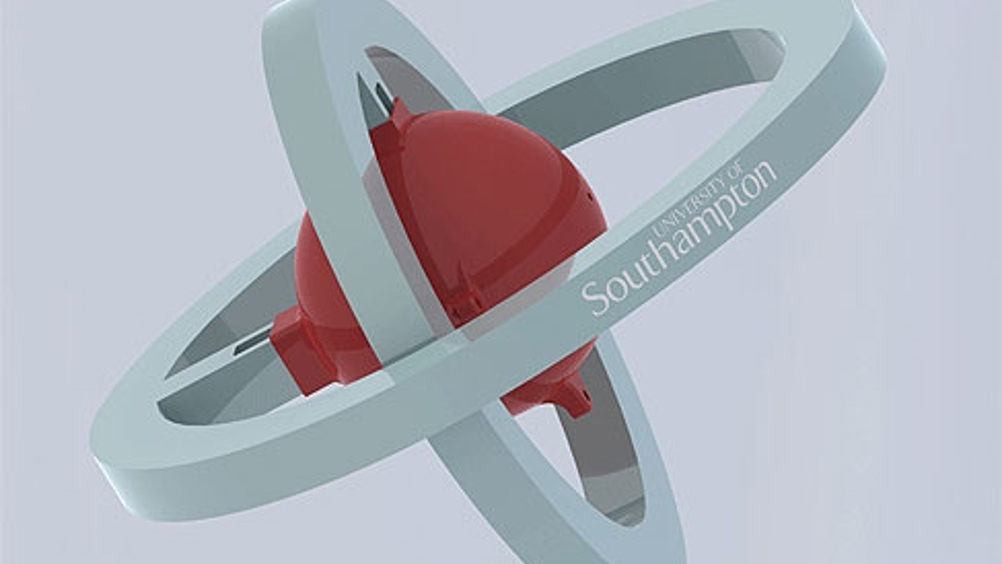Rapid prototyping helps create aircraft to study atmosphere
Scientists at Southampton University have used rapid prototyping to create an aircraft that will be used to study the Earth’s atmosphere.

The unmanned platform is part of the ASTRA (Atmospheric Science Through Robotic Aircraft) project that aims to demonstrate how a low-cost, custom-built high-altitude platform could be developed and manufactured over a period of a few days.
Dr András Sóbester, project leader from Southampton University, told The Engineer: ‘If there is a phenomenon that happens suddenly and you want to deploy some kind of instrument to measure it then our device is ideal.’ Examples of such phenomena include volcano eruptions and nuclear fall-out.
The balloon-borne platform, dubbed ASTRA Atom, has been built to carry a payload containing atmospheric monitoring equipment into the upper atmosphere. The latex weather balloon, which will stretch from 1.5m in diameter to 5m as it ascends, will carry the Atom to heights of 30km.
The current solution to monitoring atmospheric parameters includes attaching radiosondes to weather balloons, which can contain an array of sensing equipment.
‘The radiosonde has the advantage of being simple to use and deploy but it has a number of drawbacks,’ said Sóbester. ’You can only gather as much data as your bandwidth allows you to transmit back to the ground.’
Register now to continue reading
Thanks for visiting The Engineer. You’ve now reached your monthly limit of news stories. Register for free to unlock unlimited access to all of our news coverage, as well as premium content including opinion, in-depth features and special reports.
Benefits of registering
-
In-depth insights and coverage of key emerging trends
-
Unrestricted access to special reports throughout the year
-
Daily technology news delivered straight to your inbox










UK Enters ‘Golden Age of Nuclear’
The delay (nearly 8 years) in getting approval for the Rolls-Royce SMR is most worrying. Signifies a torpid and expensive system that is quite onerous...